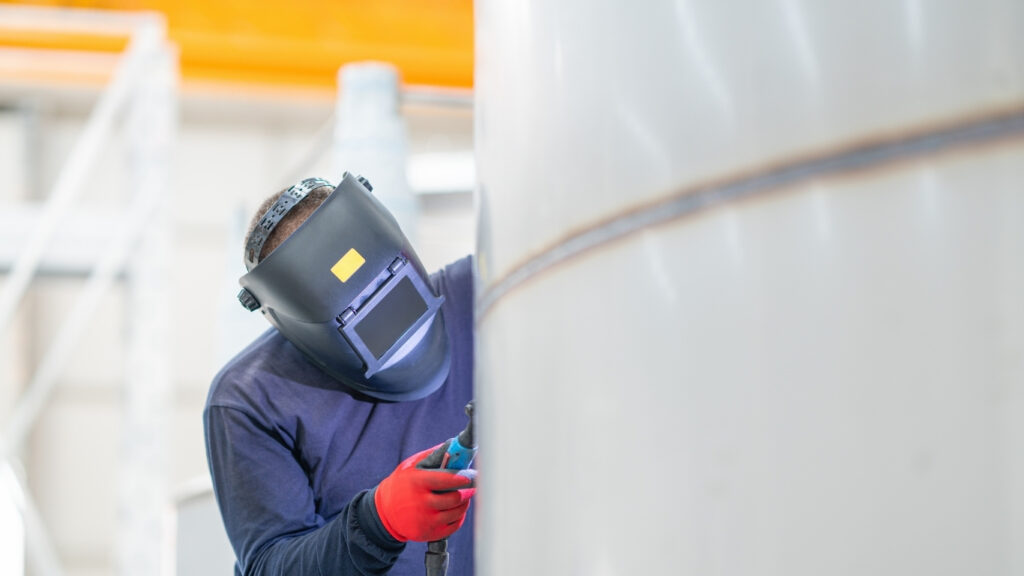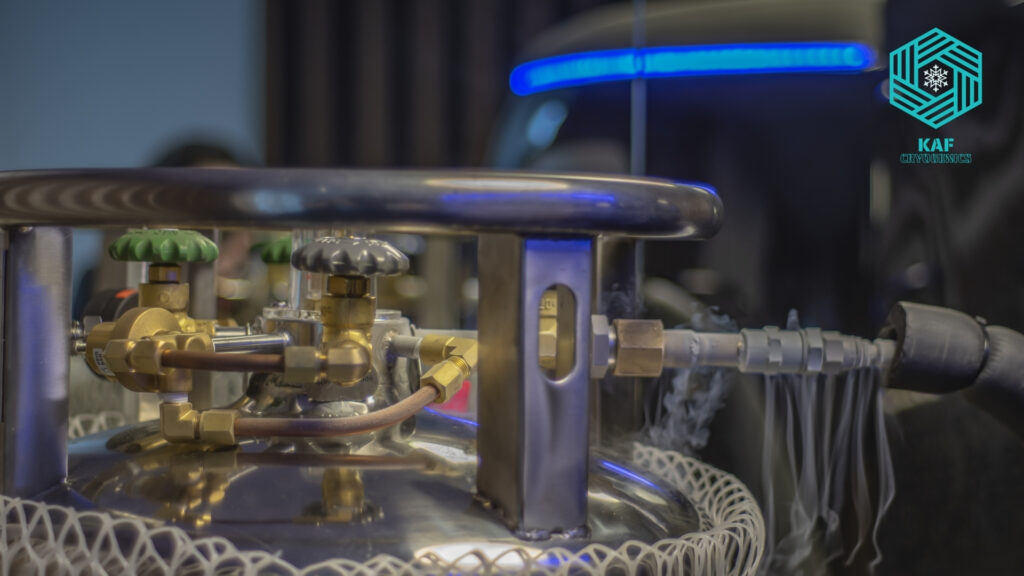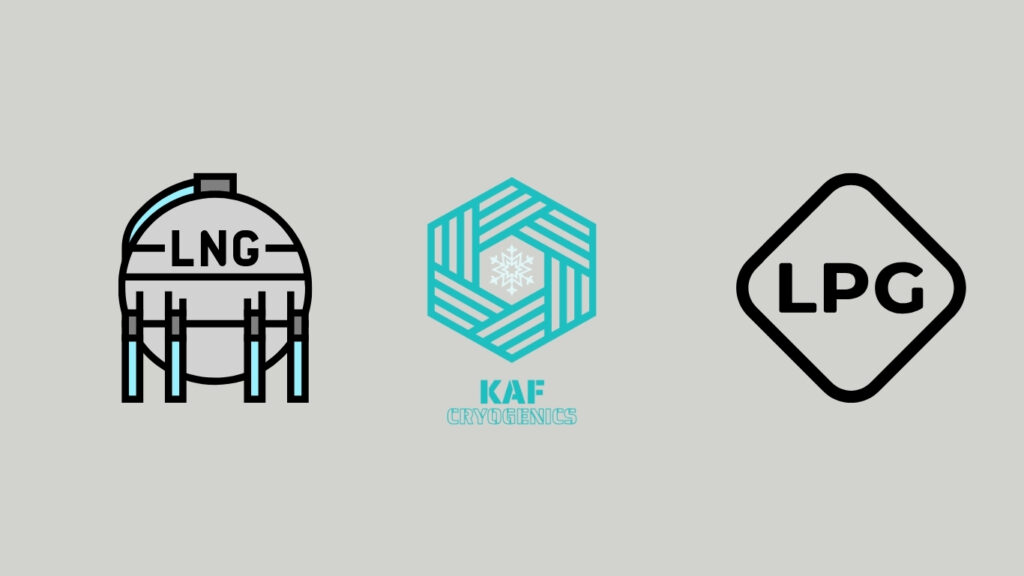Cryogenic Equipment Maintenance: Best Practices
Keeping It Cool, Safely and Efficiently
Cryogenic equipment is vital to numerous industries, including healthcare, aerospace, energy, and food production. These systems handle liquefied gases at extremely low temperatures, often below -150°C, making them highly specialized and sensitive to even minor issues. Regular, comprehensive maintenance is not only essential for safety and efficiency but also for ensuring the long-term reliability of high-value assets.
In this blog, we delve into best practices for maintaining cryogenic equipment, covering routine inspections, troubleshooting techniques, compliance with international standards, and how predictive maintenance is transforming the industry.
Why Maintenance Is Crucial in Cryogenic Systems
Preventing Costly Downtime and Equipment Failure
Failures in cryogenic systems can lead to:
- Product loss due to vaporization of expensive gases
- Safety hazards including leaks or explosions
- Downtime impacting critical operations (e.g., MRI machines or rocket propulsion systems)
- Costly repairs and regulatory non-compliance
Ensuring Product Purity and Operational Efficiency
Maintenance safeguards against contamination and efficiency loss by:
- Keeping seals, valves, and fittings in optimal condition
- Preventing unwanted heat transfer and pressure imbalances
- Ensuring accurate flow regulation in industrial processes
Core Components Requiring Regular Maintenance
1. Cryogenic Storage Tanks
What to inspect and maintain:
- Vacuum insulation integrity
- Pressure-relief valves
- Level sensors and gauges
- Inner vessel corrosion or cracking
Best practices:
- Perform pressure and leak testing bi-annually
- Check for signs of icing or frost accumulation
- Ensure vent stacks are free from obstructions
2. Transfer Lines
What to inspect and maintain:
- Flexibility and sealing of vacuum-jacketed hoses
- Thermal performance
- Joints and weld points for micro-cracks
Best practices:
- Use helium leak detectors for high sensitivity
- Replace damaged lines immediately to prevent contamination
- Schedule cleaning cycles to remove residues
3. Valves and Regulators
What to inspect and maintain:
- Seat and stem wear
- Pressure set-points
- Actuator performance
Best practices:
- Lubricate moving parts with cryogenic-safe lubricants
- Replace or recalibrate pressure regulators annually
- Test valve response times under load
4. Sensors and Monitoring Systems
What to inspect and maintain:
- Thermocouples and RTDs
- Pressure transducers
- Control panel interfaces
Best practices:
- Calibrate sensors quarterly
- Integrate systems with IoT and cloud monitoring
- Update firmware and perform diagnostics regularly

Creating a Preventive Maintenance Plan
Step-by-Step Guide:
- Asset Inventory:
- List all cryogenic components in operation
- Include manufacturer specs and service records
- Risk Assessment:
- Identify critical failure points
- Determine potential safety or product loss risks
- Service Schedule:
- Set intervals based on equipment usage and environment
- Include both visual and technical inspections
- Standard Operating Procedures (SOPs):
- Document cleaning, calibration, and replacement protocols
- Train personnel accordingly
- Log and Audit Trails:
- Keep records of maintenance activities
- Track incidents and identify trends for proactive improvements
Predictive Maintenance and Smart Technology
Leveraging Data for Smarter Decisions
Modern systems now include:
- AI-driven analytics to detect patterns and predict failures
- Smart sensors that alert technicians to pressure or temperature anomalies
- Digital twins that simulate operational scenarios for training and testing
Benefits:
- Minimized downtime
- Extended equipment lifespan
- Reduced operational costs
Regulatory Compliance and Industry Standards
Maintaining compliance with global safety and performance standards is crucial.
Key Standards to Follow:
- ASME Boiler and Pressure Vessel Code (BPVC)
- ISO 21013 for cryogenic vessels
- CGA (Compressed Gas Association) maintenance guidelines
- EN 13458 for transportable vacuum-insulated vessels
Compliance Tips:
- Work with certified service providers
- Stay updated on regulatory changes
- Document all inspection and testing procedures
Training and Personnel Safety
Building a Skilled Maintenance Team
- Train staff in cryogenic safety and emergency response
- Encourage certifications such as CGA training or manufacturer-specific programs
- Perform regular safety drills and audits
Key Safety Practices:
- Always wear proper PPE (gloves, goggles, insulated clothing)
- Ventilate work areas to prevent gas accumulation
- Monitor oxygen levels in confined spaces
Partnering with Experts: KAF Cryogenics Support
KAF Cryogenics offers specialized maintenance support for:
- Cryogenic storage tanks and piping systems
- Custom valve and regulator assemblies
- High-precision instrumentation calibration
We provide:
- On-site inspections and repairs
- Maintenance training programs
- Full documentation for compliance audits
Reach out to us for tailored cryogenic maintenance solutions that maximize uptime and safety.
Keeping the Cold Chain Unbroken
Well-maintained cryogenic systems are the backbone of reliability, safety, and efficiency across industries. With the integration of predictive analytics, smart sensors, and a proactive maintenance strategy, businesses can dramatically reduce risk while maximizing ROI.
At KAF Cryogenics, we’re here to support your mission with expert engineering, field services, and innovative solutions. Let us help you build a stronger, safer cryogenic infrastructure that stands the test of time.
Follow our blog for more insights into cryogenic technology and industrial best practices.



